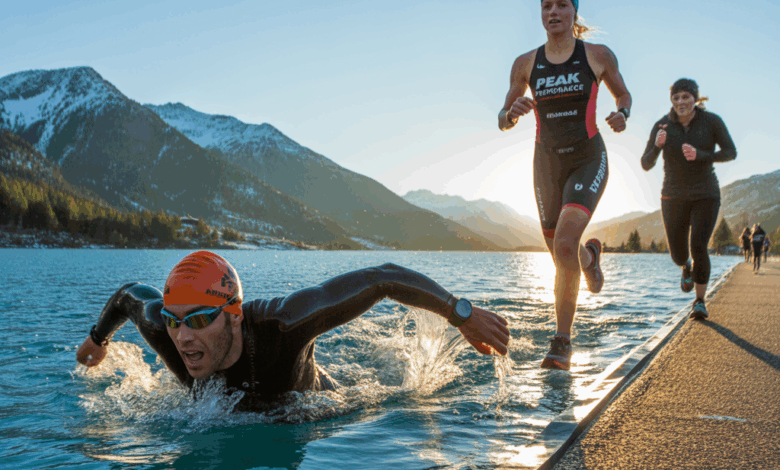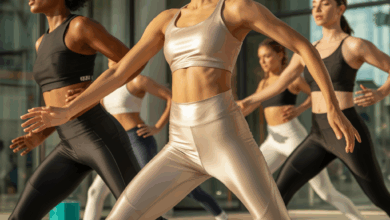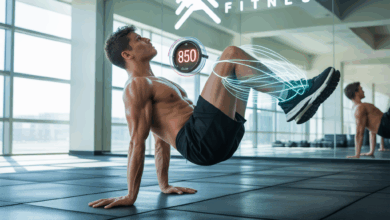June Lake Triathlon Guide For Starters

Have you ever watched a triathlon and thought, “I could do that” — then wondered where to begin? Picture yourself standing at the edge of a clear lake in June, wetsuit zipped, bike ready, and heart racing with excitement. If that image makes you smile and slightly nervous, this June Lake triathlon guide for starters is written for you.
Why Choose a June Lake Triathlon? The Beginner-Friendly Appeal
Late-spring and early-summer triathlons often offer calmer waters, moderate temperatures, and friendly community vibes — all ideal for first-timers. A June lake triathlon typically features shorter sprint distances, manageable courses, and plenty of volunteers to guide you. This makes it a perfect stepping stone if you’re moving from single-sport fitness (swimming, cycling, or running) toward a multisport challenge.
Before You Start: Mindset, Goals, and Safety
Start with realistic goals: finish, enjoy, and learn. Beginners should focus on consistency over intensity. Make safety non-negotiable — learn open-water swimming basics, practice bike handling, and get a race-day checklist. If you have medical concerns, check with your doctor before beginning a structured training plan.
Set SMART Goals
- Specific: Finish the sprint-distance June Lake triathlon.
- Measurable: Complete within a target time or without stopping.
- Achievable: Train 8–12 weeks with 3–5 sessions per week.
- Relevant: Builds on current fitness levels and lifestyle.
- Time-bound: Sign up for a race and commit to it.
Training Basics: Build Swim, Bike, and Run Confidence
For starters, a balanced training plan includes swim sessions, bike rides, run workouts, and brick workouts (bike followed by run). Focus on technique, consistency, and gradual progression.
Sample Weekly Training for Beginners
- Monday: Easy 30–40 minute recovery run + mobility work.
- Tuesday: Swim drills (30–45 mins) — breathing, sighting, interval sets.
- Wednesday: Bike — 45–60 minutes with varied effort (include tempo segments).
- Thursday: Brick workout — 30–45 minute bike + 10–20 minute run off the bike.
- Friday: Strength and core (30 mins) — functional moves for triathletes.
- Saturday: Long bike or combo ride (60–90 mins) building endurance.
- Sunday: Long run or easy active recovery + stretching/yoga.
Key Workout Variations
- Open-water swim sessions: practice mass starts, sighting, and drafting (if comfortable).
- Interval runs: 4 x 5 minutes at slightly faster than race pace with 2-minute recoveries.
- Hill repeats on the bike: 4–6 short climbs to build strength and handling.
- Short bricks: 20–30 minute bike followed by a brisk 10-minute run to adapt to the “jelly legs” feeling.
Technique Tips: Swim, Bike, Run — What Matters Most
Swimming in a Lake
Practice sighting every 6–8 strokes to avoid zigzagging. If possible, train in open water at least a few times so you learn to handle waves and cold. Use a brightly colored swim cap and consider a wetsuit for buoyancy and warmth.
Bike Handling & Safety
Prioritize steady cadence (80–95 rpm) and smooth gear changes. Practice emergency stops and cornering in a safe area. Check tire pressure, brakes, and chain before every ride.
Running Off the Bike
Start conservatively for the first kilometer or two after T2. Focus on short, quick steps initially until your legs feel normal. A few run-off-the-bike sessions will build confidence and pace control.
Race-Day Essentials: What to Pack and How to Prepare
Use a checklist the night before: tri-suit or kit, wetsuit, goggles, bike, helmet, shoes, nutrition, hydration, and sunscreen. Label everything and set up your transition area methodically — helmet on the handlebars, shoes ready, race number visible.
- Pre-race breakfast: easy-to-digest carbs + small protein (e.g., toast with peanut butter and banana).
- Hydration: sip water and an electrolyte drink; avoid trying new foods on race day.
- Warm-up: 10–15 minute easy jog + dynamic stretches and a short swim if allowed.
Nutrition & Recovery: Train Smart, Recover Faster
For beginners, daily nutrition and race fueling are equally important. Aim for balanced meals with lean protein, whole grains, healthy fats, and colorful vegetables. Before training sessions, eat a small carb-rich snack 30–60 minutes beforehand. Post-workout, prioritize protein + carbs within 30–60 minutes to speed recovery.
Include mobility work, foam rolling, and at least one rest day each week. Sleep is a performance booster — aim for 7–9 hours nightly.
Check our internal resources for sample plans and meal ideas: workout routines and nutrition guides.
Gear Essentials for Beginners
- Swim: comfortable goggles, swim cap, and a well-fitting wetsuit (if allowed).
- Bike: road or hybrid bike in good working order, helmet, spare tube, and basic tool kit.
- Run: supportive running shoes you’ve trained in, socks, and breathable clothing.
- Transition: race belt for your number, body glide to prevent chafing, and a small towel.
Invest where it matters: fit a bike properly, buy shoes that match your gait, and practice transitions so the gear feels like second nature.
Real-World Example: How a Beginner Prepares
Meet Sarah, a 35-year-old nurse who signed up for her first June lake triathlon. With limited time, she trained 4 days a week for 10 weeks: two swims, one bike+run brick, and one longer weekend ride. She added a 20-minute strength session twice weekly and practiced transitions twice. On race day, she focused on steady pacing, trusted her nutrition, and finished with a big smile. The goal was to finish and learn — and she did both.
June Lake Triathlon Guide for Starters — Quick Race Checklist
- Race registration confirmation and ID
- Wetsuit, goggles, swim cap
- Bike, helmet, shoes, spare tube
- Running shoes, number belt, sunscreen
- Nutrition: gels, bars, electrolytes
- Towel, small pump, body glide
Frequently Asked Questions
1. How long should a beginner train before a June lake triathlon?
Most beginners see good results with an 8–12 week plan that includes 3–5 sessions per week. The focus should be on consistency, skill work (open-water swims, bricks), and gradual mileage increases.
2. Do I need a wetsuit for a lake triathlon in June?
It depends on water temperature and race rules. Wetsuits provide warmth and buoyancy and can help beginners feel more confident in open water. Check the event’s wetsuit policy and, if possible, practice swimming in a wetsuit before race day.
3. What’s the best way to tackle pre-race nerves?
Create a pre-race routine: lay out gear the night before, follow a familiar breakfast, do a short warm-up, and use calming techniques like deep breathing or visualization. Focus on process goals (pace, form, transitions) rather than perfect outcomes.
Conclusion — Take the Plunge
The June Lake triathlon guide for starters is your practical roadmap: set realistic goals, train consistently with swim, bike, run, and brick sessions, and prepare gear and nutrition thoughtfully. Whether you aim to finish or race competitively, the key is steady progress and enjoying the experience. Ready to begin your training journey? Explore our wellness tips and sign up for a local race — your first triathlon finish is closer than you think.





